The Moose of Algonquin Park
Dustin Abbott
November 8th, 2013
“The Ungainly Giants”
I have the privilege of living only about 25 minutes from the eastern edge of one of Ontario’s great treasures – Algonquin Provincial Park. This massive provincial park (7,653 square kilometers/2,995 square miles) is a place full of natural wonder. It is one of the most popular parks in the country. It is a rich mix between the northern coniferous forest and the southern deciduous forest, and this diversity allows for an equal diversity of animal life. I’ve enjoyed visits for hiking and canoeing, but above all it is a place that I love to have a camera (or two) in hand for. But above all of the other beautiful natural wonders in Algonquin, visitors from around the world come to see the moose.
The moose. They are massive animals, the largest of the deer family. An average moose weighs some 360 kilograms (790 pounds) and consumes up to 32kg (71lb) of food per day! A bull moose can weigh as much as 700kg (1500 lbs) and stand nearly 2.2 m/7 foot at the shoulder. The largest bull ever shot was 820kg (1800 lbs) and was 2.33m (7.6 ft at the shoulder). They are truly massive animals. Canada has by far the largest population of moose, and people come from (literally) around the world to see the moose in Algonquin. For all of their great size, moose are somewhat ungainly looking creatures that frequently come across as more comical than threatening, but that can be deceiving. They are somewhat unpredictable, particularly during mating season, and believe it or not, they actually attack more people annually than wolves and bear combined! In fact, more people are injured by moose in North America than any other wild mammal.
I say that as a lead in to a series of images that I took of a bull moose from distances ranging from 40 to about 10 feet away in the wild (gulp!) Fortunately I lived to tell about it…
I mentioned that people come from all over the world to see the moose. I actually talked to German bikers on this particular trip who were riding through the park particularly to see the moose. It is not at all unusual to be driving along Highway 60 through the Park and see a group of cars stopped alongside (and sometimes IN) the road. You can almost guarantee that a moose or two is grazing near the side of the road. In fact, in the winter they often come near the road to lick salt off it!
So if you are ever in Ontario, Canada, and want to see moose in a far more natural setting than a zoo, take a drive through Algonquin Provincial Park. There is a very good chance that you will see a moose or two, and even if you don’t, you will get to see some truly beautiful nature!
As a footnote, I wanted to give a few gear insights. I am not really an “animal photographer”, at least in the sense that I have not invested huge amounts of money in “super-teles”, which can range from $5K-13K. My current longest lens is Canon’s excellent 70-300L. Its maximum aperture at 300mm is f/5.6, which creates an issue for using it with Canon extenders on my 6D bodies (the use of an extender decreases maximum aperture by at least a stop). I am happy to report that an aftermarket 1.4x extender (the Kenko DGX Tele Plus Pro 300) works perfectly well despite the maximum aperture of the combination being f/8. This gives me reach of up to 420mm (f/8), which some of the shots in this gallery were taken at. The downside, of course, is that you need a lot of light at f/8, which I didn’t really have for these late evening shots. The fabulous High ISO performance of the EOS 6D full frame body really saved me, though. This whole series was shot at ISO 12,800, and yet my images are nice and clean. Now I recognize that I am talking about a $2000 camera body and a $1500 lens, but in the realm of nature (animal) photography this is bargain gear. I am impressed at the images I can get with this (relatively) inexpensive combination.
So now enjoy this gallery of images taken of the Algonquin moose (both a bull and a cow). Then grab your camera and go out on your own adventure!
DISCLAIMER: This article and description contains affiliate links, which means that if you click on one of the product links, I’ll receive a small commission. As an Amazon Associate I earn from qualifying purchases.









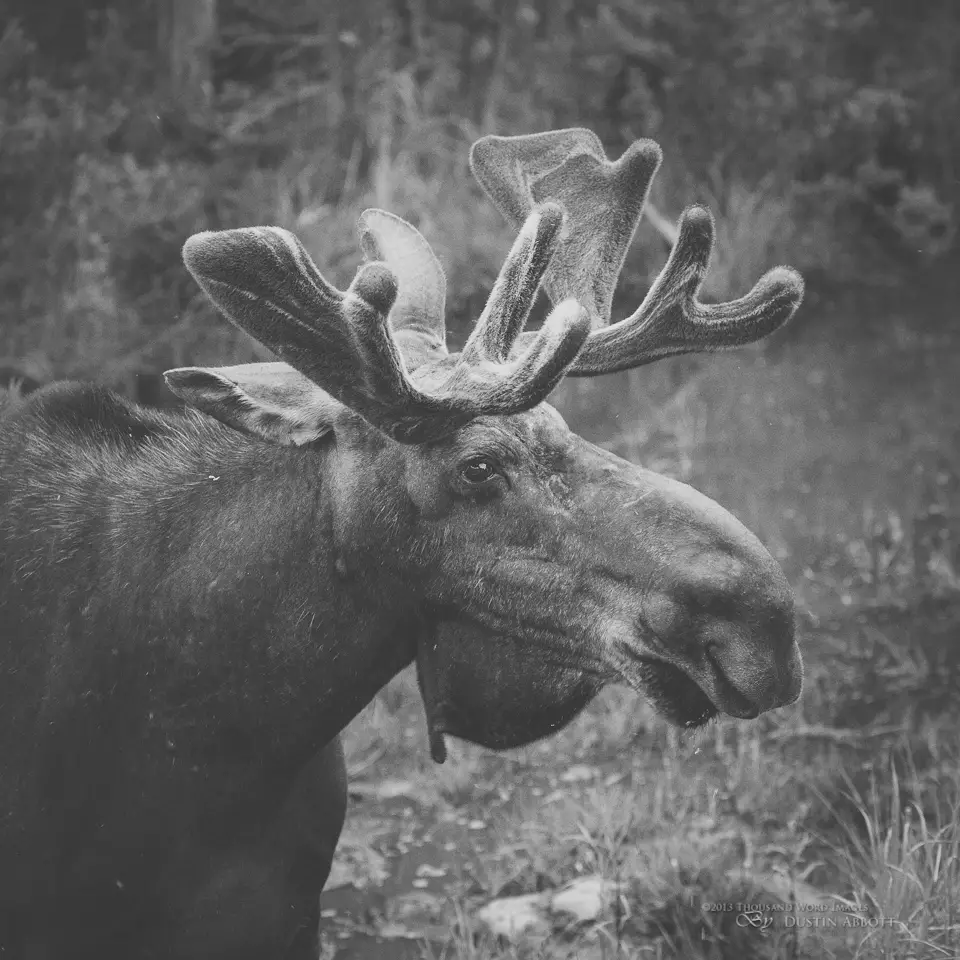

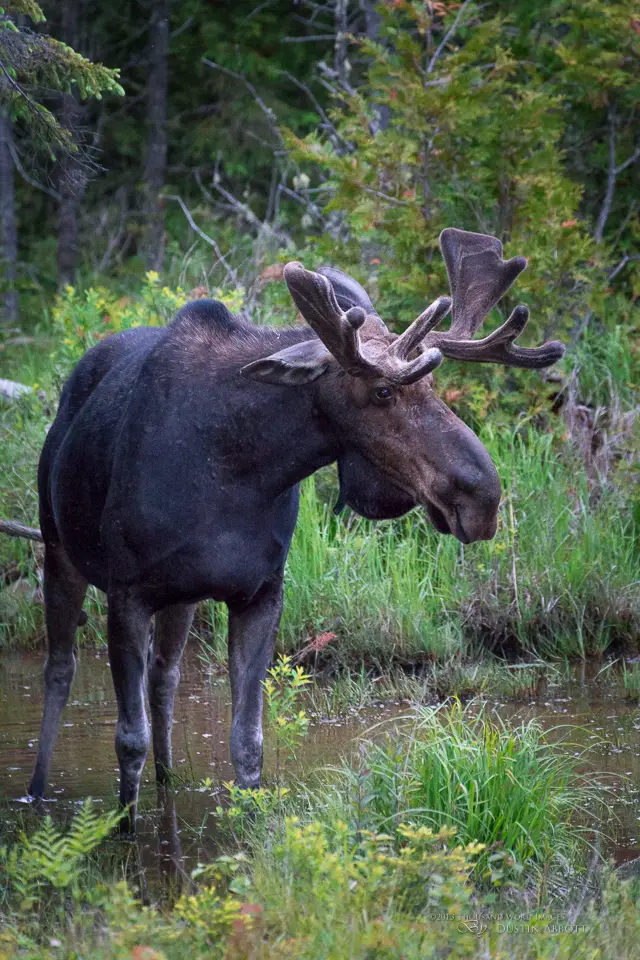
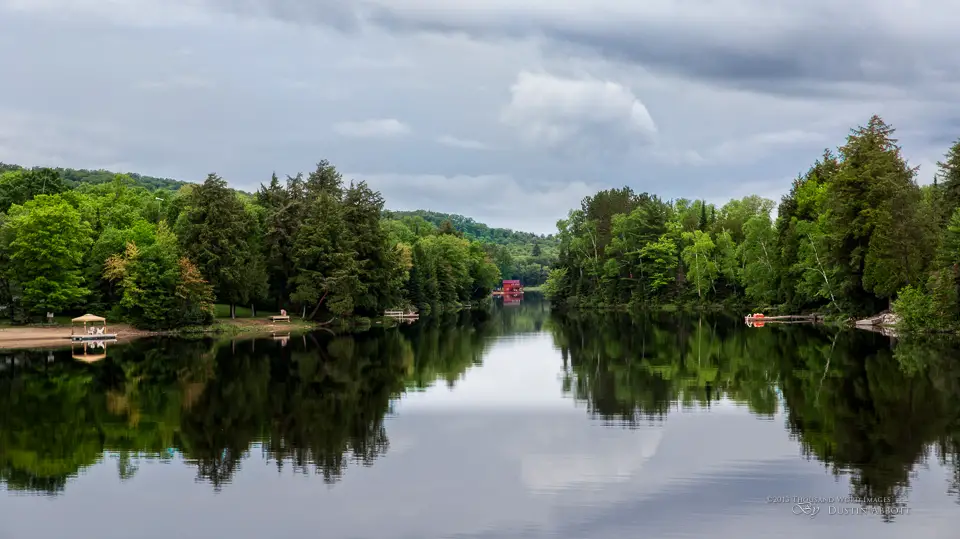
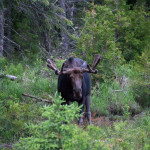
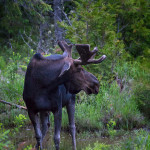
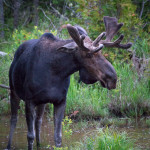

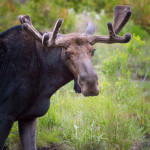
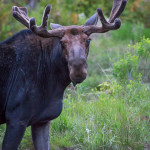
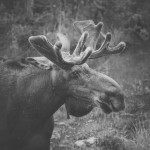
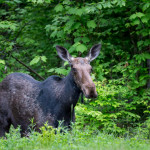
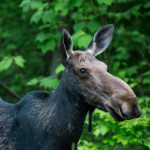
 Sigma 17-40mm F1.8 DC | ART Gallery
Sigma 17-40mm F1.8 DC | ART Gallery  Sigma 17-40mm F1.8 DC | ART Review
Sigma 17-40mm F1.8 DC | ART Review  Viltrox Pro AF 85mm F1.4 FE Gallery
Viltrox Pro AF 85mm F1.4 FE Gallery  Viltrox AF 85mm F1.4 PRO FE Review
Viltrox AF 85mm F1.4 PRO FE Review 


